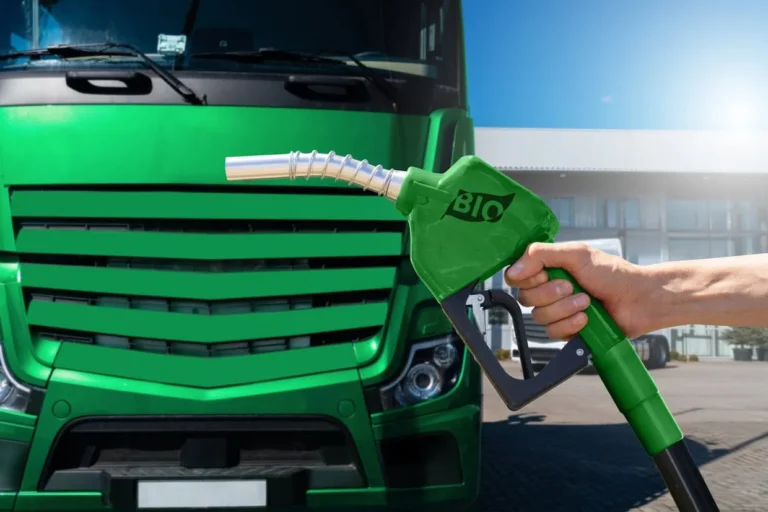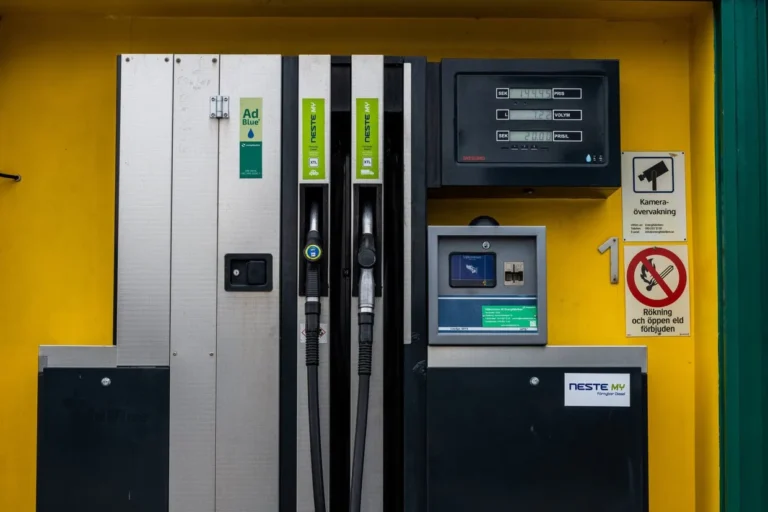Reading the headlines concerning the road freight transport industry over the past few years, one problem, barring sustainability, would repeatedly show up: the ever-pressing driver shortage.
While market forces have made the problem worse during and shortly after the COVID-19 pandemic, industry stakeholders have been warning for a long time that if the driver situation does not improve, the logistics industry could struggle to keep up with the growth required of it by shippers. That would mean that economies, supply chains, and jobs would suffer, with items moving slower than they used to or even stopping altogether.
At times, this was the case, with goods not moving fast enough to ensure that local economies could keep running. The most rudimentary example could be the mini-fuel shortage crisis in the United Kingdom (UK) in 2021 when a lack of drivers resulted in lackluster supply chains that in turn, caused some gas stations in the country to run out of fuel. While it might have been exacerbated by panic, the fuel supply crisis demonstrated the worst-case scenario of what could happen if the driver situation in the EU does not improve.
Naturally, the bloc is not the only one facing such a problem. In the United States (US), the American Trucking Association (ATA) warned that the industry lacks around 78,000 drivers, according to its Chief Economist Bob Costello. The US trucking industry seemingly put its worst days behind, as 2022’s numbers were an improvement compared to 2021 when the industry was short of 81,000 drivers. However, the ATA warned that the situation could still get even worse – within the next decade, the US could lack over 160,00 drivers.
Driver shortage similarities
One reason behind the potential negative decline in driver numbers in the US is the current demographical situation, which could repeat itself in Europe as well. The ATA warned that the shortage could increase to over 160,00 drivers due to “current demographic trends”, the projected demand for road freight transportation services, and the unattractiveness of the profession and the lifestyle of drivers. Similarly, the International Road Transport Union (IRU) stated that globally, there were over 2.6 million driver job positions that were unfilled in 2021.
The shortage was “most acute in Eurasia and Turkey, where 18% and 15% of driver positions were, respectively, unfilled in 2021,” continued the IRU. According to the association, the driver shortage should worsen in 2022 (latest research has not yet been released) with the main reason being “the aging of the truck driver population, which is not being replaced with new entrants”.
Furthermore, while there were over 50 million people unemployed in those regions, meaning that the gap could very well be covered, the fact that job seekers do not apply for trucking jobs could reveal that there is a “lack of attractiveness of the driver profession”, the IRU stated.
The European Road Freight Benchmark, prepared jointly by Transport Intelligence (TI), Upply, and the IRU for Q1 2023, pointed out that much like in the US, the situation has marginally improved during the first quarter of the year. “The shortage of truck drivers in Europe is forecasted to remain high with 9% of driver positions in 2023, reaching at least 300,000 unfilled jobs,” read the analysis. The 9% is slightly lower than in 2022, which was 10%. In 2021, 7% of driver positions were unfilled.
“The share of women and young truck drivers remain low representing respectively 4% and 8% of the truck drivers workforce,” added the benchmark paper, further noting that foreign drivers represent a large proportion of the profession “in countries where the international road transport represents more than 20% of road transport (Poland, Romania),” the IRU’s Driver Shortage Global Report 2022 read.
Perhaps the driver shortage could alleviate in the short term, especially as a slight downturn in road freight transport activities was forecasted. According to the European Road Freight Benchmark, as a consequence of the current economic conditions, “the road freight market is expected to lose speed in 2023, expanding by only 1.1% in real terms to €385bn with a forecasted weaker demand for road freight services in, through and out of Europe”.
Long-term driver shortage perspectives
However, the focus must remain on the long-term well-being of the industry. The main issue is that few young drivers are joining the ranks, meaning that there is a timer ticking when mass retirements due to age will lead to an even worse situation. Once again, that is not a Europe-only problem. According to the IRU’s research, barring Mexico and China, “the share of young drivers was below 7%”. With more and more drivers heading into retirement, the pressure on logistics companies to replace those drivers and address the driver shortage head-on will only grow.
“Given the high proportion of older drivers approaching retirement, the shortage of drivers will continue to rise dangerously if no action is taken,” the IRU continued. Detailing the demographic situation, the IRU pointed out that the average age of a truck driver in Europe is 47, with 34% of the drivers being older than 55 years old. With the retirement age being between 62 and 67 in various European Union (EU) countries, 34% of drivers will be within that range in the next decade or so, resulting in a large gap in the future. Furthermore, companies will also have to cover their growth needs, meaning that an even bigger number of drivers will be sought after by road freight transportation firms.
But the situation is not all grim, at least on paper. Measures have been taken to improve the working conditions of drivers, ensuring that proper infrastructure is in place, as well as the enactment of the latest Mobility Package regulation, which has allowed drivers to return home and maintain a more home-oriented lifestyle.
In addition, operators have begun working directly with the younger generation by offering to subsidize their training, enabling younger people to begin training to work as truck drivers without much debt to worry about or not knowing how to muster up the resources to begin the process to become one.
European initiative
The European Commission (EC) began tackling the driver shortage issue with a set of proposals in March 2023. The EC said that it would introduce several new measures regarding road safety and licenses in the EU, including a digital driver’s license, as well as to allow 17-year-olds to start learning the ropes of driving and truck driving. “Those who pass at 17 will be able to drive alone from their 18th birthday, and to work as a professional driver as soon as a specific job allows. This will help address the current driver shortage,” the EC argued.
Furthermore, with the digital driver’s license proposal, the Commission wants to make it “easier for citizens from non-EU countries with comparable road safety standards to exchange their driving license for an EU one”. As such, accessing the single market will be easier for non-EU nationals, alleviating the shortage in the short-term future. Yet coming over to the bloc is not easy and neither is recruiting drivers from countries outside the EU.
“Since we are having issues in finding and hiring enough EU-based drivers, our focus turned to hire non-EU nationals, including from Uzbekistan, Tajikistan, Kyrgyzstan, Kazakhstan, and India, as well as Gulf Coast countries,” said Oksana Karpovičienė, Head of HR Expansion Department at Girteka Transport, part of Girteka Group.
According to Karpovičienė, since the recruitment takes place outside of the EU, there is a need for close cooperation with national and local authorities to support and control the process according to the existing requirements and law regulations. “We have heard about malpractice and frauds during employment in the EU, done by external agencies not related to any governmental organization and any transport companies. Therefore, we need to focus on promoting proper and acting by the law organizations, that can support logistics companies in building attractiveness of drivers job in Europe. Yet the best and most secure solution is always approaching directly logistics companies, that conducts hiring activities outside EU, like we are doing already in many countries.” she continued.
While the threat of driver shortage is nothing new, EU organizations and authorities need to re-evaluate the attitude towards a new possible solution, including hiring drivers from outside the EU. As history shows, the market is always ahead of regulations and supportive governmental actions, therefore highlighting and showing best practices helps maintain stable and reliable growth of supply chains in Europe and its economy in the upcoming years.









